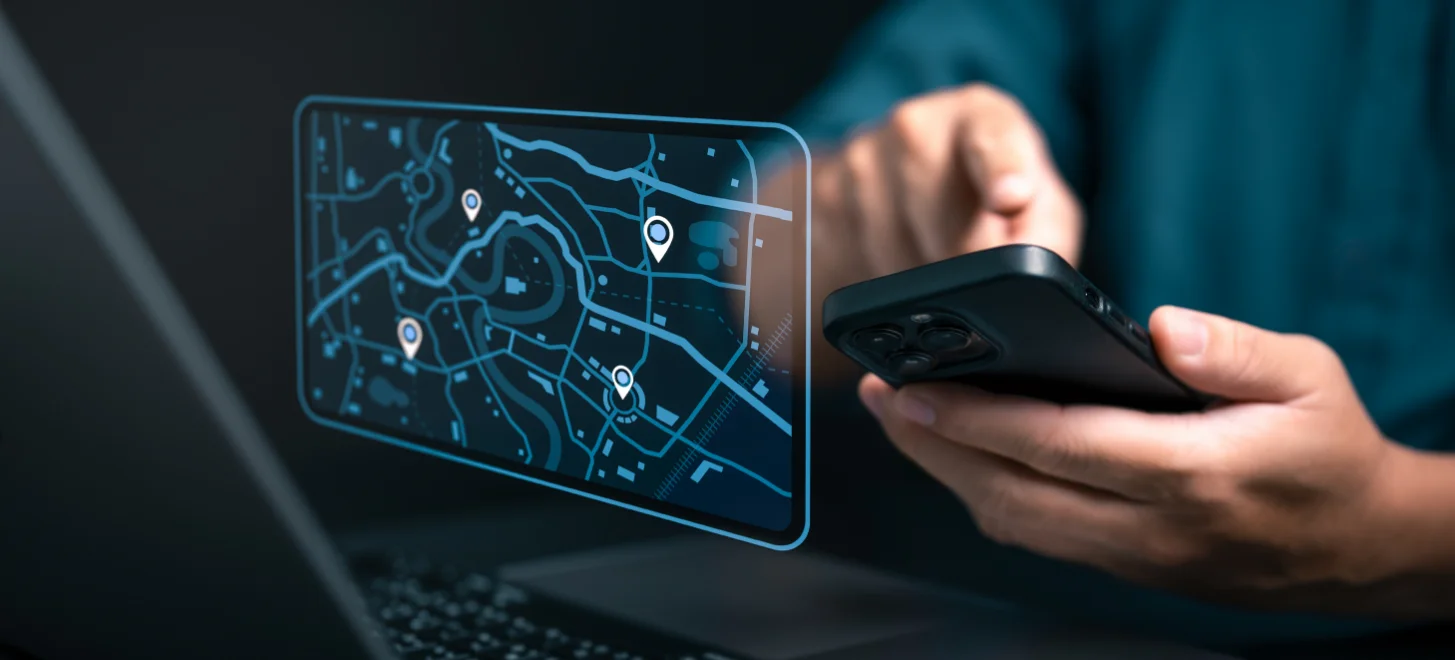Geolocation capabilities play a critical role in worker attendance systems.
Technologies such as GPS, cell towers, and Wi-Fi are great features that offer unparalleled precision and convenience for businesses that want to monitor real-time information on their workers. However, it also raises important questions about privacy — specifically, about the extent to which our physical movements can be tracked, monitored, and exploited without explicit consent.
In this blog, we explore the pros and cons of geolocation technology, and what can be done to address its challenges.
How geolocation works
Geolocation determines a device’s physical location by relying on any of these three (3) technologies: Global Positioning System (GPS), cell towers, and Wi-Fi.
- GPS – The most accurate method that uses a network of satellites to triangulate a device’s position. However, GPS signals can be weak or unavailable in indoor environments or remote areas.
- Cell towers – A mobile device estimates the location of nearby cell towers by measuring the strength of signals they emit. This method is less precise than GPS but works indoors and in areas with limited satellite coverage.
- Wi-Fi – Similar to cell towers, Wi-Fi access points can be used to determine location based on signal strength. This method is often used indoors, but its accuracy can be compromised by dense Wi-Fi networks.
Limitations of geolocation
While these technologies provide the backbone for geolocation services, they also introduce a host of challenges and privacy concerns:
Accuracy limitations
Despite advancements in technology, geolocation is not always precise. Weather conditions, urban canyons, and building structures can interfere with GPS signals, leading to inaccuracies. Cell tower and Wi-Fi triangulation can also be imprecise, especially in rural areas with sparse network coverage.
Moreover, the accuracy of geolocation can vary significantly between different devices and operating systems. For instance, high-end smartphones with advanced GPS receivers typically offer better accuracy than simpler devices. Additionally, factors such as battery life and power-saving modes can impact the performance of geolocation features.
Privacy implications
The use of GPS, cell towers, and Wi-Fi for geolocation raises significant privacy concerns. These technologies enable constant tracking of an individual’s whereabouts, potentially revealing sensitive information about their daily routines, habits, and personal relationships.
Both iOS and Android offer varying levels of privacy control for geolocation services. Users can typically choose which apps have access to their location data and can often restrict access to “While using the app” or “Always.” However, even with these controls, users still have concerns about the data collection and sharing practices of app developers and operating system providers.
Furthermore, the collection of Wi-Fi network data raises additional privacy issues. Wi-Fi access points often broadcast their unique identifiers (MAC addresses), which can be used to track device movement across different locations. While some operating systems offer options to block the broadcasting of MAC addresses, these settings are not always enabled by default.
Balancing innovation and privacy
As technology continues to advance, we can expect even more sophisticated geolocation capabilities. However, the development of these systems must be accompanied by robust privacy safeguards to protect individuals’ rights.
To address the challenges and concerns surrounding geolocation, a multifaceted approach is needed. This includes:
- Transparency and user control – App developers and operating system providers should be open about their data collection practices, providing users with clear, easy-to-understand privacy settings.
- Data minimization – Companies should collect only the location data necessary to provide their services and avoid excessive data retention.
- Data security – To protect geolocation data from unauthorized access and breaches, stringent security measures should be implemented.
- Legal and regulatory frameworks – Clear laws and regulations are needed to govern the collection, use, and sharing of geolocation data.
Geolocation in Fareclock
Geolocation technologies are a double-edged sword. And as technology continues to evolve, it’s crucial to find a balance between innovation and individual rights.
Fareclock tackles these challenges with its advanced geo-mapping feature, which integrates precise GPS tracking with strong data security measures. With this approach, employee attendance is accurately recorded while maintaining privacy. What’s more, the system is designed to function effectively in both indoor and outdoor environments, addressing common issues such as weak signals or dense network interference.
In need of employee attendance tracking with geolocation features? Fareclock can be the solution you need. Contact us today to schedule an appointment and see how our employee attendance solution can address your business’s needs.













